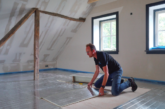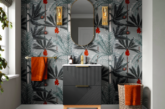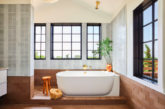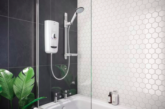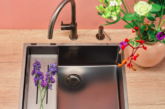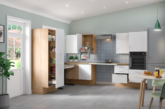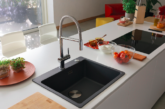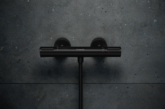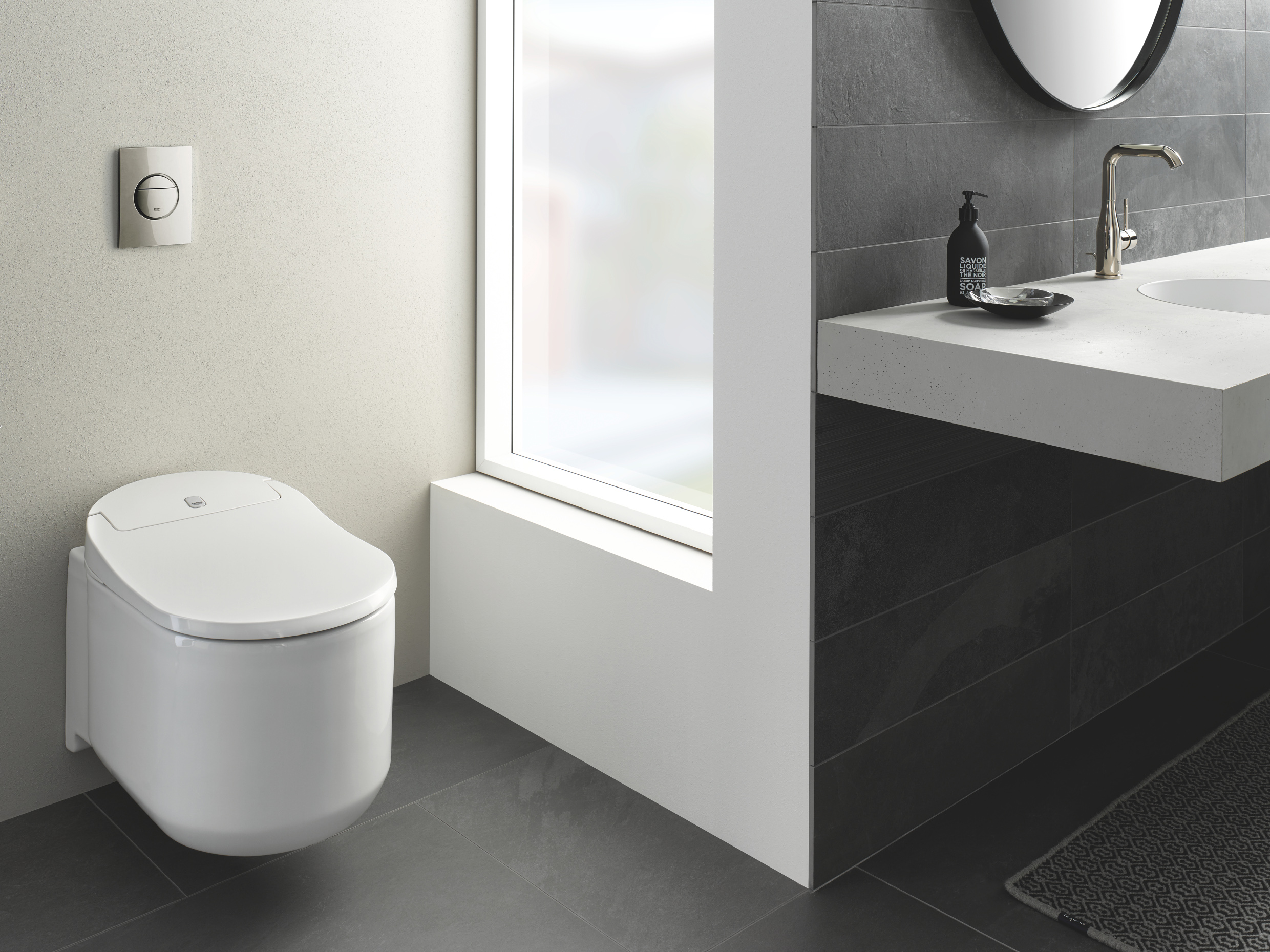
The latest technology does not need to stop at the bathroom door. Michael Gray, Product Manager from GROHE UK explores some of the solutions that can be used to create a smart bathroom.
Smart technology should be considered in any new bathroom design, particularly as more and more homeowners and designers are now looking to use the space as a personal haven to unwind and relax.
Many smart products are now available in the bathroom, from shower toilets to spa-like showers controlled by Bluetooth technology, helping to create the perfect home spa bathroom. As well as creating personal, luxuriously tailored experiences for the user, the smart home will be able to make resource management really efficient – saving water and energy without impacting on product performance and enjoyment.

GROHE offers various products which can be controlled via a simple app on your phone, such as the Sensia Arena shower toilet, AquaSymphony shower with light, music and steam functions, and the new GROHE Sense which helps to protect your home from water damage by detecting leaks or abnormal levels of humidity and allowing you to shut off the water supply remotely. App control allows the user to easily personalise their bathroom experience by allowing them to choose preferred settings and remember them for each visit.
The bathroom is particularly vital in old age, as it is the room where people perhaps most want to be self-sufficient to preserve dignity. There are a number of ways that bathroom design can be structured to cope with the demands of ageing with the aim of helping people remain in their homes for as long as possible. An important contribution to this objective is delivered by specifically designed and engineered products combining elevated levels of comfort, ergonomics, user safety and longevity.
Shower toilets
Shower toilets feature an integrated bidet system and use advanced technologies to minimise maintenance and cleaning, offering a combination of thorough body care, ultimate hygiene and personalised comfort. Thanks to the gentle and natural cleansing process, the need for toilet paper is eliminated, thus the systems offer excellent eco-credentials.
Certain shower toilets offer smart technology, including extensive options that allow users to create a personalised cleansing routine, including adjusting the water pressure and position of the spray arm, to the preferred temperature, spray pattern and cleansing cycle. The individual settings can be controlled intuitively using either the remote control or via an app which allows users to store all their favourite settings on a digital device. Some brands have also taken into consideration common annoyances for users, such as having to go to the toilet at night, and have combatted this by designing toilets with LED lighting.
Once thought of as a niche luxury, shower toilets are becoming an increasingly popular choice in bathrooms. The category has experienced 7% year-on-year growth in Europe and by 2020 it is estimated that 1 in 500 homes will have a shower toilet, again pointing to an up-and-coming trend that also benefits an elderly user.

Shower experience
Luxury hotel bathrooms often make a statement, using products that encourage wellbeing and promote a space of relaxation, which homeowners feel inspired to emulate in their own homes. As a result, there is a huge array of wellness products now available, including showers with mood lighting, steam functions and music controlled by Bluetooth.
Oversized statement showerheads are also available, alongside products that offer a range of spray patterns designed to suit the user’s needs, with side shower sprays offering the opportunity for a massaging showering experience.
The future
Bluetooth, infrared and wireless technologies are all areas that will see further development as the smart home sector continues to thrive. Meanwhile, products with advanced user recognition features will become more common, such as those seen in other parts of the home including voice activation and sensors that know when we are home.
With advanced sensing there will be a time when you’ll no longer have to set your preferred settings – such as water temperature and flow strength – for each use.

